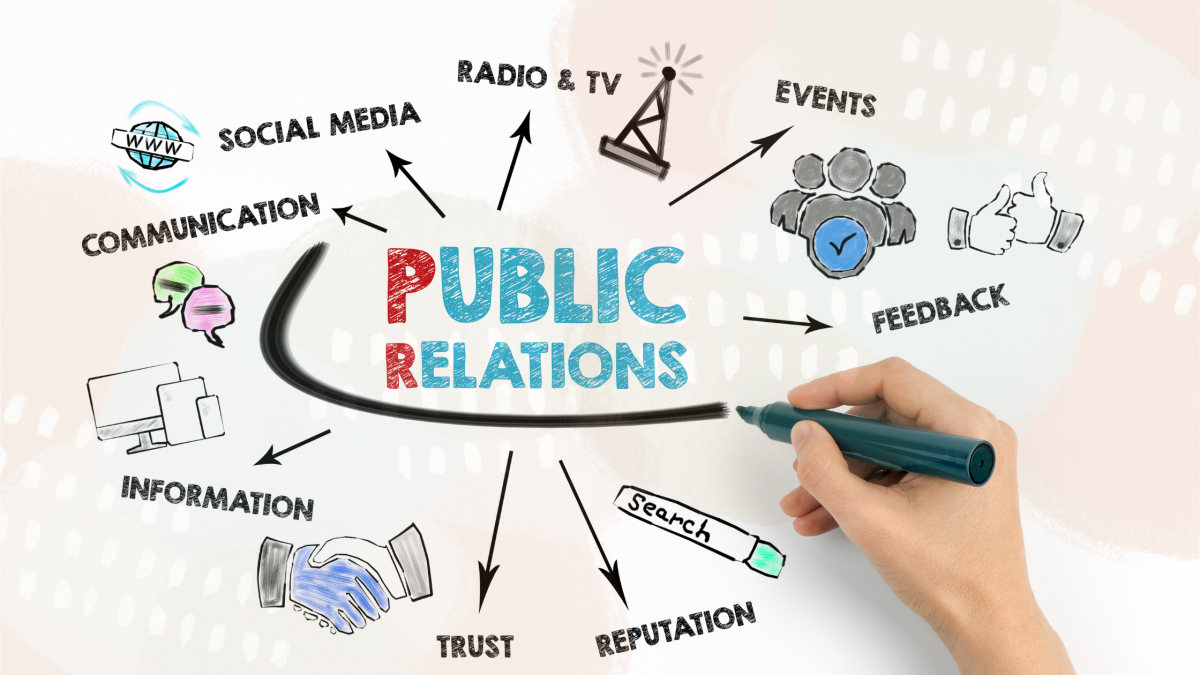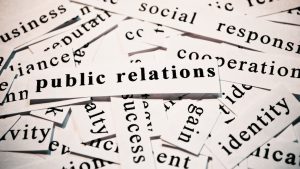While the power of public relations and the role played by the traditional media has shifted considerably in the last decade, PR still remains a useful and relevant tool for strategic communications.
When “old Miss Pat” ventured into marketing and public relations in 2005, it followed years spent as a reporter, editor and publisher. I’d wanted to write since I could hold a pencil. Journalism fulfilled that passion as well as my natural inclination for general nosiness … but it was not exactly a great career for a single lady with two teenage kids.
After 20-plus years covering city council meetings and elections, writing home and garden features, profiling local, regional and national folks of note and lastly covering Hamilton County businesses, I joined a local communications firm in 2005. I shall forever be grateful to them for taking a chance on this reporter. There were a couple of us there at the time, and we (sort of) laughingly referred to ourselves as “recovering journalists.”
While I wasn’t in the know on communication strategy (yet), I did know what made a good “pitch” and news release. And thus began a career that has served me well with a modicum of success.
Fast forward to 2022. Eleven years after launching my own “PR firm,” I’m now more inclined to refer to Pickett and Associates as a “strategic communications agency.” No longer is landing a segment on a news cast or capturing some column inches in the local paper our ultimate goal. As I came to learn during my preparation for my APR credential, those are “outputs.” As victorious as they might feel, what value do they really bring to a business or organization? Today our clients are looking for measured outcomes … whether that be driving sales and leads or building brand recognition. And there are so many ways to do that now in the digital sphere – social media, websites, targeting emails, etc. – that news releases are often overlooked.
Pickett and Associates continues to utilize the PR tactics of pitching stories to media outlets and writing and sending news releases as an important part of an overall communication strategy. First off, let’s define the difference between a “pitch” and a “news release.”
Pitch vs. News Release
A “pitch” is a personalized note to a reporter/editor/producer that relates a timely, interesting, or unique idea for an article/on-air segment that includes a business or organization. There are several nuances in a successful approach (including thinking holistically about what the audience might like to see and not just about your business), but the first and most important rule of thumb is to send this information to the correct person. Sending a pitch about technology to an education reporter will most likely result in the use of the “delete” button.
A news release is a fully drafted document – typically featuring the “who, what, when, where, why & how” in the lede paragraph. In general, a news release includes the most pertinent information about something important at an organization, ideally in 400 words or less; remove the fluff and pare down. A news release should also include a contact for more information and an “about us boilerplate.”
Ideally, a link to an electronic press kit/media room that resides on your website with company photos, logo, and general background information is included in every news release. (We will explore the elements of great online media rooms later this year.) If not, providing a link to a Google Drive or Dropbox with that downloadable content makes everyone’s life easier. Reporters/editors are looking for something visual to go along with a story. Sending a photo or video link increases the chances of the news release being used. Do NOT send an attachment. Ever. Likewise, do NOT send a PDF of the news release. Please. Begging you on behalf of editors everywhere.
While a pitch may also include a news release for background information purposes, they are not interchangeable and serve different purposes.
Pitches are used specifically to get a story placed that includes your business or organization. Period. (Pro tip No. 1: It is okay to email the recipient after a few days and ask if you can provide any additional information. This gives the journalist the opportunity to respond that they received it, are considering it (or not) and ask any questions. Pro tip No. 2: Do NOT call a reporter and asked if they received your email.)
When to Use a News Release
News releases should not be sent with the expectation that they will actually generate news; they rarely do (unless you are a large company, organization, municipality or public figure). News releases work when:
- They are sent to trade/specialty media that are more likely to pick up industry news than a general circulation media outlet.
- They are used for optimized content on a company website providing an SEO boost.
- They are used as part of a social media content strategy.
- They are used as communication to organizational stakeholders.
- They display subject matter expertise.
Popular topics for news releases include:
- Personnel changes and promotions
- Company milestones
- New products and/or services
- Sharing news of awards or other accolades
- Addressing an issue or company crisis
- Sharing the results of a survey or other pertinent data generated by or about an organization
- Announcing an upcoming event
A news release is different from drafting an article or column for a media outlet (a great tactic, but a different style of writing) or writing a blog. We’ll take a deeper dive into those topics in the future. In the meantime, consider using news releases as part of your overall communication strategy in 2022. And if you need help with the strategy or tactics like news releases, shoot me an email. I’d love to chat about how P&A can support your organization!





